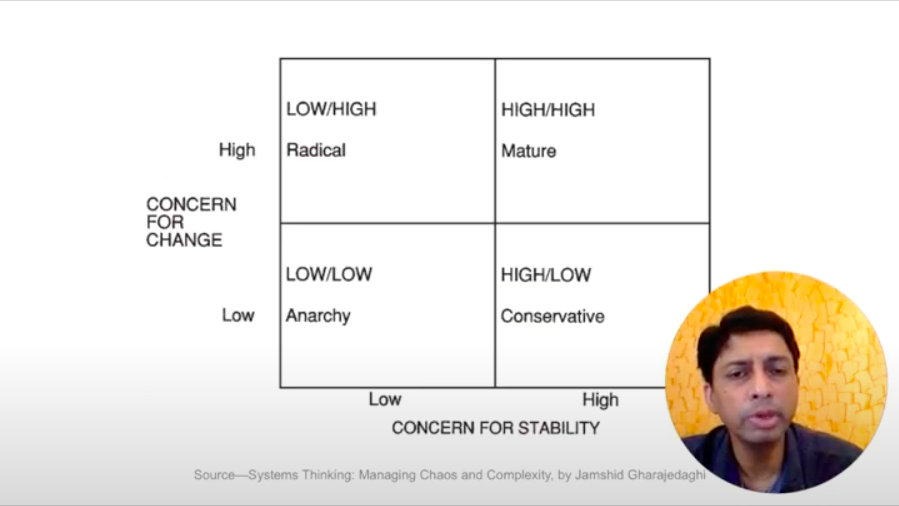Modern design systems are designed to bring consistency in how the product teams use all the digital assets of the organization. It brings the right momentum and the velocity in their work, and a consistent brand positioning for the organization.
Folks who work in content strategy and content design understand the challenges of planning, designing, and sharing useful and relevant content for users’ context of use on any device, at any time. In the past, they had style guides for reference and now design systems are meant to serve the same purpose where content quidelines are generally a part of the design system.
The digital content consumption and processing patterns are changing for new types of interface including on car dashboards, social media and community groups, and on voice interface. So, the way for how we plan the design systems not only for tokens, components, and the message, but for the interoperability, contextual and automatic reference for handoff, and to measure what is working in different use cases, is becoming so critical.
Modern design systems are logically planned, have meta reference to the hierarchy of digital assets for their use and relationship to the business, and are well documented. Access to the right components at the right time for the right use case by anyone in the product team, powered by a documented reference—it makes our work easy like anything. We see the success stories of how design systems help a product team deliver the products more efficiently (Amy Thibodeau shared one such story on Smashing Magazine, back in 2018).
Is it a system?
But is a design system really a system? Is there some relational or dependency logic between different parts or sections or within the design system? Is there anything that validates our use of its tokens, or guide us for how it serves the organization’s goals?
Certainly the ROI shows hours saved and a faster GTM but that is not the point here. What are the criteria or the bond in the interconnectedness among the elements and components in a design system? For example:
- If I use a component A, does it advise me that I should, or caution me that I should not use the component B too because there is a context? Or
- Can I see how frequent use of a set of elements or components are helping the product vision or in assessing the organization’s concerns?
A human body is a system because different organs, tissues, and other components support each other and validate others’ role and function in the body. A university is a system because different departments support each other in academic, research, administration, social, publishing, and other goals—there are dependencies, and these together make it as a system. A desktop computer is a system because of the monitor, keyboard, CPU, and the mouse together make it work for its goal.
Design systems is an investment but we are missing a lot of strategic leverage for the organization.
Except for a few established design systems, many new teams launch a DS as a set of their design assets for UI, tokens, libraries, code snippets inventory, vocab. and so on—strongly product driven. Need something bigger for workflow, alignment, speed, Ops, compliance.
— Vinish Garg(@vingar) August 7, 2021
Do the design systems help the teams align with the organization goals? I am not sure.
Let it be a system
The product challenges have been in the synthesis in customer journey when viewed by different teams, validation, models, operations, and alignment. I wish we could see a more strategic orientation in the design systems because we design it internally and it means that we always have the code, the tools, and the people, to use it for far more value for all of us.
One of the most significant shifts in how the @autogram_is team decided to approach design systems has been thinking of them as "communications systems" rather than fundamentally aesthetic or interaction standards.
— Actually, (@eaton) January 30, 2021
Considering the adoption speed of design systems (with whatever maturity rate), I would love to see these evolving for the higher goals. Design systems should help the product teams beyond serving as a reference for product operations and shipping.
I guess if we can design a system on top of the modern design systems with some checks and validations for how the it helps the organization. Imagine that we use code and design assets from a design system to see how these address the organization’s key concerns, or these far are working as the growth levers!

Design systems as the dashboard of organization’s vision and its concerns
An organization’s vision lives much beyond than its vision statement that they frame on their walls. The true vision is in their sentiment—how they are feeling about how they are growing, at what speed, in what direction, and with what kind of support by its people and digital assets (including design system).
The design systems can acts as a realtime dashboard for a system thinking viewpoint of where the organization is going, in spite of whatever its concerns are. These can be the organization’s vision dashboard for its digital investments.
Yes, design system for system thinking.
—
I plan to discuss this topic in my advanced course in product content strategy, content design, and UX Writing. See the course details for how we can find and add more meaning to our work.
